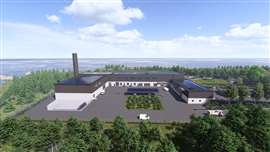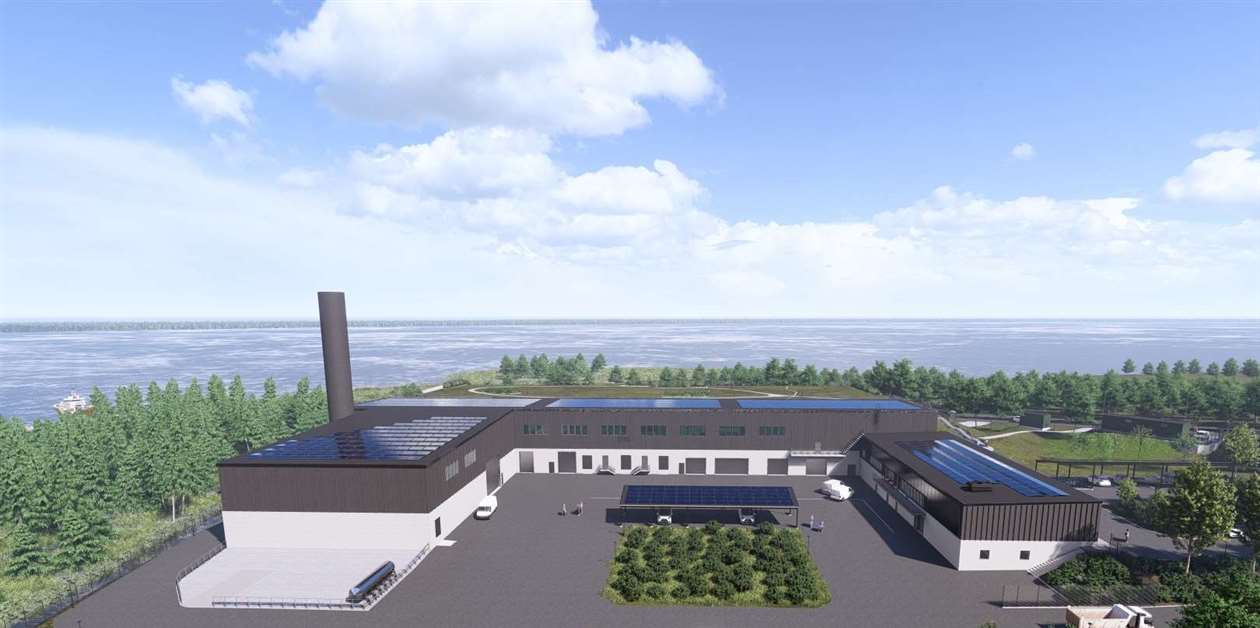NCC has been awarded a €104 million contract to build a cutting-edge wastewater treatment plant near the Swedish capital, Stockholm.
 An impression of the proposed water treatment plant in Margretelund, Sweden. Image: NCC
An impression of the proposed water treatment plant in Margretelund, Sweden. Image: NCC
The plant, in Margretelund, Åkersbergaater, is being developed by the water and sewage company Roslagsvatten, and will take over from an existing plant, which has become obsolete.
NCC’s solution involves the construction of a modern, digitalised and automated treatment plant equipped with the latest water treatment technology.
Preliminary groundwork is ongoing and the project is reported to be ready to progress to the second phase, which involves deep foundation engineering in a challenging coastal environment.
Once completed, the facility will deliver water access for a population of 57,000, with the capacity to accommodate future technological developments and circularity requirements.
Powered by renewable energy
The new plant is scheduled for operation in 2028, with a staff building to be completed a year later.
As a sustainable initiative, the facility will generate its own electricity through solar panels and energy storage, while also being designed to withstand the impacts of climate change and extreme weather events.
Christian Wiklund, CEO of Roslagsvatten, said, “The new treatment plant, which will process wastewater for a long time to come, meets all of the requirements we have in terms of environmental impact, finances, and technology.
“We look forward to working with NCC, who has extensive experience working with complex projects, not least within water and sewage systems.”
Kenneth Nilsson, head of NCC Infrastructure, said, “This is a project where NCC can leverage its unique expertise within water and environmental technology. We are now looking forward to helping Österåker and Vaxholm develop a treatment plant that meets their future requirements and needs.”







